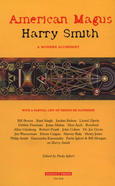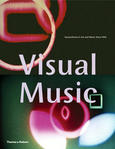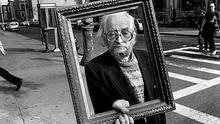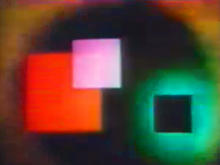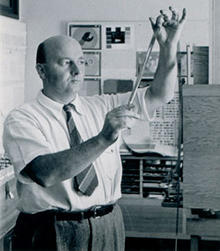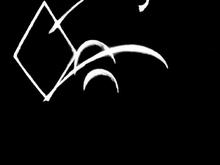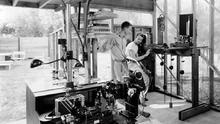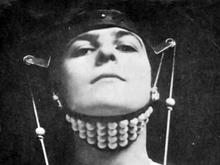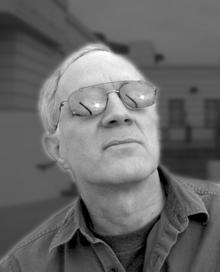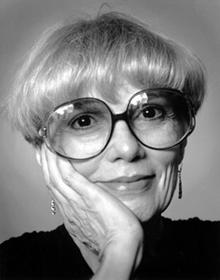No. 4: Fast Track
(1947)by Harry Smith works with a black background and white shapes. In No. 4, the influence of Oskar Fischinger on Smith's work becomes more marked. At times, Smith spoke of his films in terms of synaethesia.
No. 4 begins with two small circles dancing in tandem across the screen, as well as decreasing and increasing in size to give an impression of depth. These are joined, via superimposition, by two simple grilles, and then by a larger grille which swishes from left to right and vice versa at such a speed to produced a blurred effect. Gradually the forms become more complex: larger, more elaborate grilles as well as clusters of less geometrically precise dots.
Harry Smith here is playing upon the tension between precise shapes and rhythms, and less regulated patterns and movements. The simple, regulated forms become more indistinct and murky through alchemical transformation. In No. 4, one can detect echoes of Oskar Fischinger’s Study No. 7 (1931) and Study No. 8 (1932), which also feature geometrical forms dancing with precision against a plain background.
Oskar Fischinger’s films, though, seem to play upon a more regulated, complex mode of patterned mutation, as well as featuring more elaborate curled forms.
Source: Senses of Cinema
